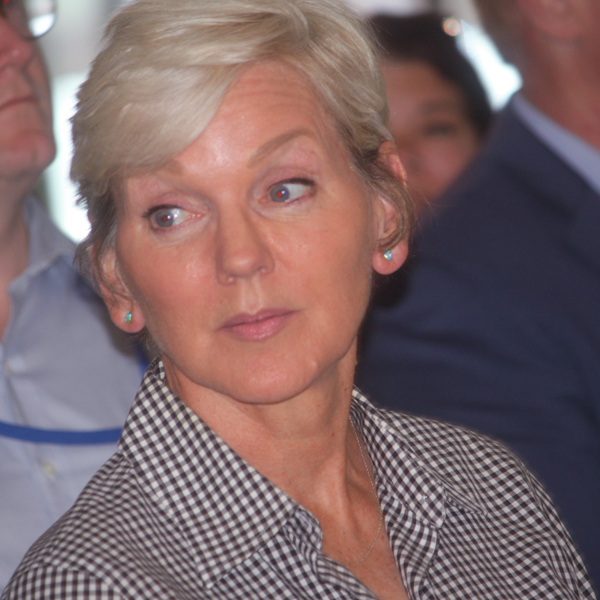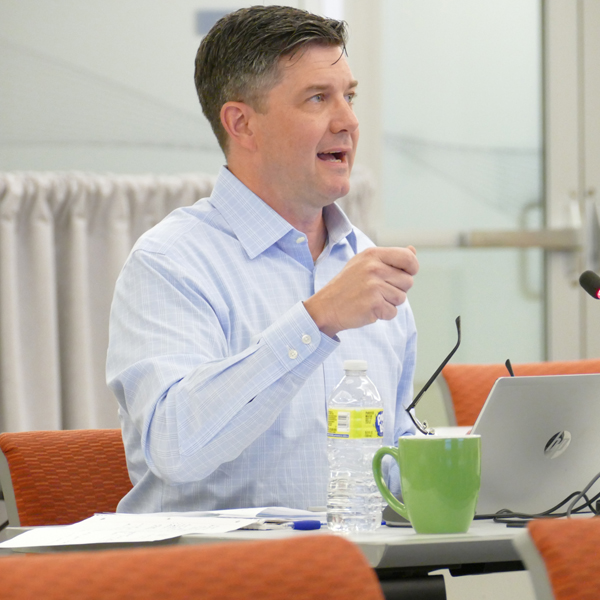The movement to keep California’s last nuclear plant operating beyond its impending retirement has gained new momentum with the prospect of billions of dollars in state and federal funding, support from Gov. Gavin Newsom, and the clearest indication yet that plant owner Pacific Gas and Electric (NYSE:PCG) could go along with the plan.
PG&E has been planning to shut down its 2.2-GW Diablo Canyon nuclear power plant by 2025, a move sought by anti-nuclear activists concerned with seismic safety and by PG&E, largely for economic reasons. In 2016, the state’s largest utility signed an agreement with environmental, labor and anti-nuclear groups to close the plant on California’s Central Coast rather than invest billions of dollars in environmental and safety upgrades.
Now, however, proponents see the continued operation of Diablo Canyon — the state’s largest generator producing about 8.5% of total capacity — as vital to ensuring grid reliability during the state’s transition to 100% clean energy by 2045. Energy emergencies during the past two summers and the likelihood of continued shortfalls caused by wildfires, drought and extreme heat have prompted some who supported the closure to reconsider, including the governor.
Newsom’s office circulated draft legislation Thursday that would lend PG&E up to $1.4 billion in a forgivable loan to keep Diablo Canyon open for an additional five to 10 years beyond its planned retirement date.
“It is a very difficult decision, and it’s a last resort,” Ana Matosantos, Newsom’s cabinet secretary, said in a workshop Friday hosted by the California Energy Commission and CAISO. Supply-and-demand forecasts based on historical data “are not necessarily reflecting our real-term reality and the speed at which the impacts of climate change are being experienced by our people and by our energy system,” she said.
In extreme scenarios, cumulative disruptions from weather and fire could leave the state 7,000 MW short this summer and up to 10,000 MW short by 2025, CEC analysts said in May. The gap could be as little as 1,700 MW this summer and 1,800 MW in 2025 without cumulative crises, they said. (See Heat, Fire and Supply Chain Woes Threaten Calif. Reliability.)
In addition, peak summer demand has shifted later in the day, after solar ramps down on hot evenings, resulting in shortfalls, and demand is expected to increase as millions of electrical vehicles replace gas-powered cars and trucks in coming years.
“The net of all of these pieces is that we are behind where we need to be in bringing our clean resources online to ensure that we can retire these [other] resources,” Matosantos said. “And so, we are meeting to have the very difficult conversation around an extension [of Diablo Canyon], the terms and the conditions under which an extension would be done, and the duration of any extension to make it as short as possible.”
Funding Possible
The availability of billions of dollars in federal aid could make an extension more feasible.
Matosantos wrote to U.S. Energy Secretary Jennifer Granholm in May, asking that the Department of Energy amend its eligibility criteria for the Biden administration’s $6 billion Civil Nuclear Credit Program (CNC), funded under November’s Infrastructure Investment and Jobs Act. The program is meant to assist nuclear plants at risk of closure for economic reasons.
In an April guidance, DOE had said CNC funding is for nuclear plants that participate in competitive energy markets and do not recover more than 50% of their costs from cost-of-service ratemaking. PG&E recovers its Diablo Canyon costs from customers under rate cases approved by the California Public Utilities Commission and would not qualify for CNC funding under that interpretation.
Matosantos requested that DOE’s guidance be changed to exclude the cost-of-service requirement. The department approved the change on June 30 and extended the application deadline for the first round of CNC funding to Sept. 6.
PG&E has said it will apply for the funding. Company CEO Patti Poppe said in a July 28 earnings call that the company was looking to keep Diablo Canyon open — the strongest company statement of its kind — but warned parties that the “clock is ticking” on the time needed to switch from decommissioning the plant by 2025 to operating it through 2035.
State and federal entities, including the U.S. Nuclear Regulatory Commission and the California State Legislature, will need to weigh in to make that happen in an accelerated time frame.
State Sen. John Laird, who represents the district containing Diablo Canyon, said at Friday’s workshop that the speed at which the plant might reverse course would contrast sharply with the effort to close the plant, which took years.
“Endless hours and millions of dollars have been used to plan for the plant’s closure and coordinate with local state and regulatory bodies on the decommissioning effort,” Laird said.
Questions about cost, safety and environmental impacts, including nuclear waste storage, remain unanswered, he said. Laird also questioned the potential effects of keeping the plant open on offshore wind development. Floating wind turbines off the coast near Diablo Canyon, in the planned Morro Bay wind energy area, are expected to connect to CAISO’s grid using transmission lines that now serve the plant.
“I don’t see a pathway to Diablo Canyon’s continued operation unless each of these elements is addressed,” Laird said. “No proposal can be complete without that.”



